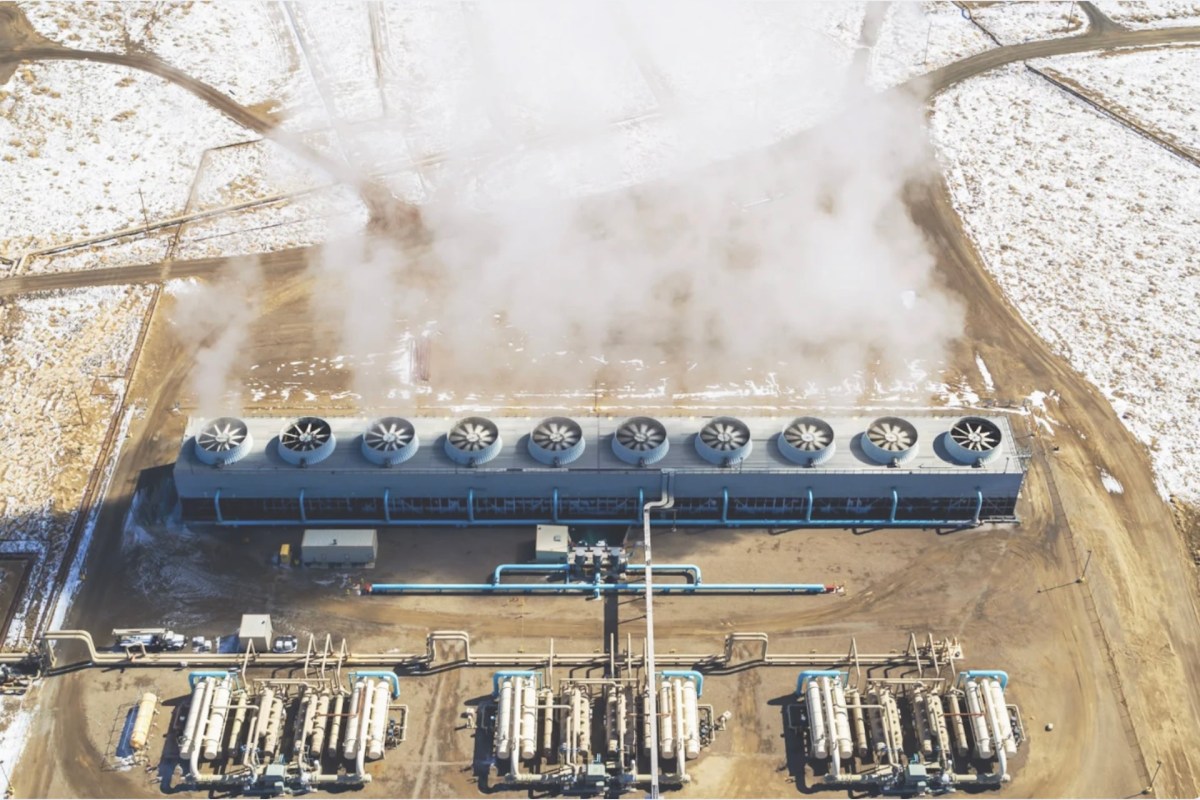There's a growing chance that when you say "hey, Google," the response will arrive with the help of high heat from deep in the Earth.
Google and Houston-based Fervo Energy have brought a geothermal energy system online in Nevada to help power data centers using the regional grid, according to the Associated Press.
It's part of an "enhanced" drilling system that Fervo calls a first for geothermal, per Canary Media. The systems create energy by using heat trapped deep underground. They could represent as much as 8% of the U.S. energy capacity by 2050. The power is renewable and emits no air pollution when running, according to the Department of Energy.
Most of the country's installed systems are in California and Nevada, although household systems for home heating (championed by the government) can be installed as part of residential solutions to cheaper and cleaner energy. The DOE notes that the U.S. leads the world in geothermal at 25% of global capacity. And the government is pumping $44 million into geothermal projects.
Fervo experts claim their horizontal drilling technique is a better way to unlock underground heat. For the Nevada project, the company drilled 8,000 feet before going horizontal and then drilled another 3,250 feet. The technique unlocks the heat more efficiently than drilling a bunch of wells straight down.
Water is then pumped below, heated to around 400 degrees Fahrenheit, and returned to the surface to boil another liquid that has a low boiling temperature. The steam made from the process powers a turbine, part of a closed-loop system, per an AP description.
"We did what we set out to do," Fervo strategy Vice President Sarah Jewett told Canary.
According to the Canary report, the Nevada system generates enough energy to power about 2,600 homes at once.
Photos of the operation, shared by the AP, look like a standard drilling site, with workers wearing hard hats running the rig. The developers feel the system could be big for cleaner energy and the planet's future. What's more, Google's decarbonization lead, Michael Terrell, hopes the process can be used at other data centers around the planet.
"We're really hoping that this could be a springboard to much, much more advanced geothermal power available to us and others around the world," Terrell told the AP.
Join our free newsletter for weekly updates on the coolest innovations improving our lives and saving our planet.









